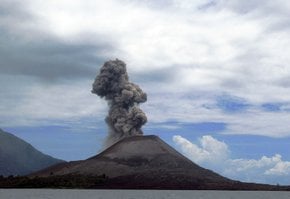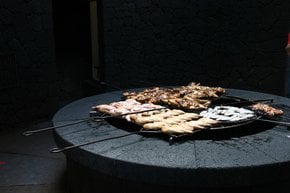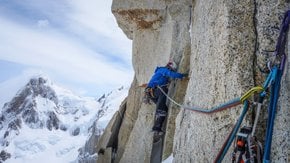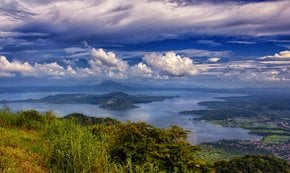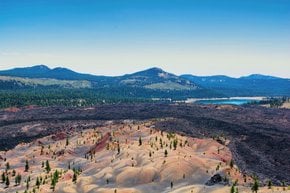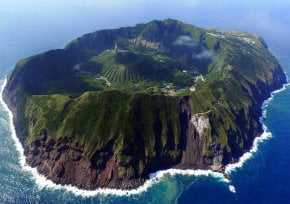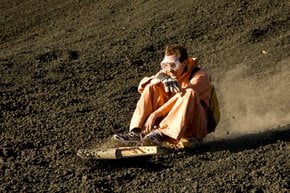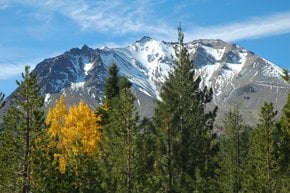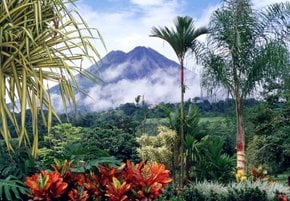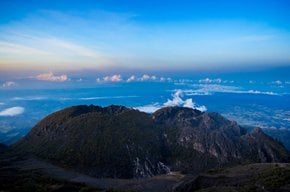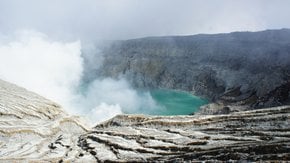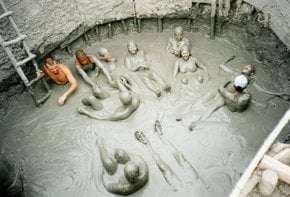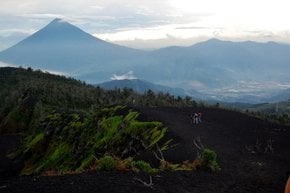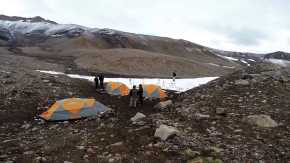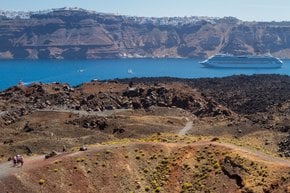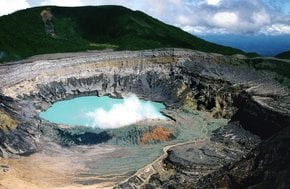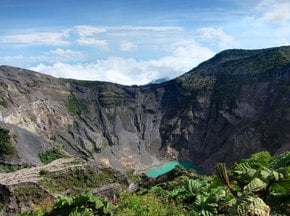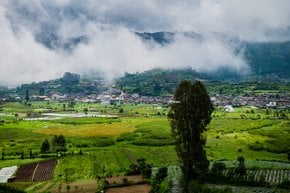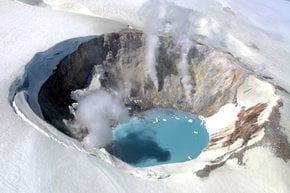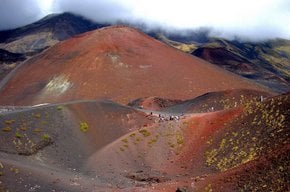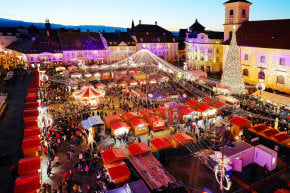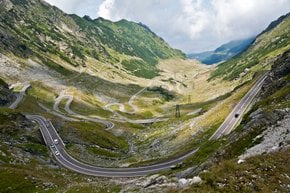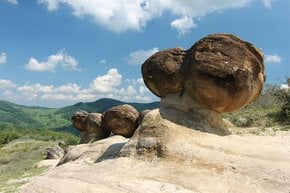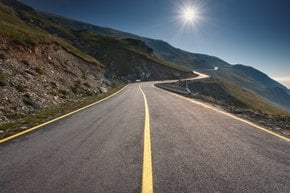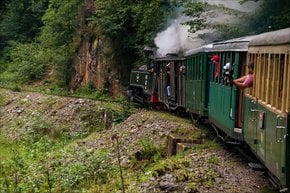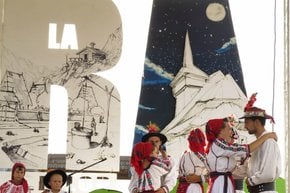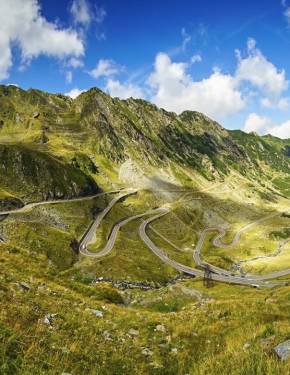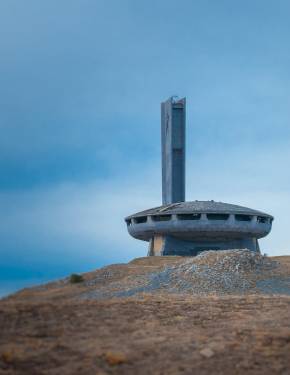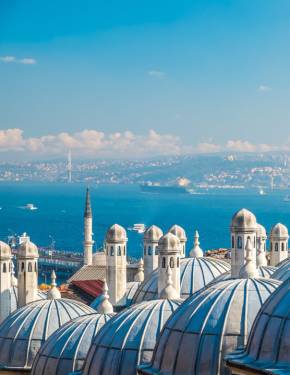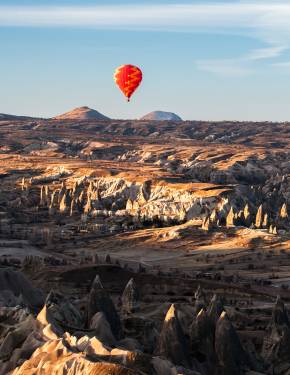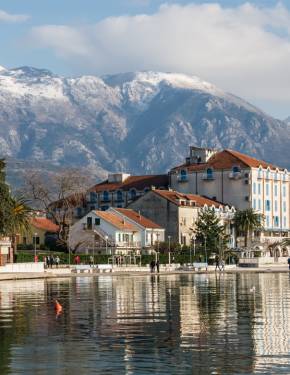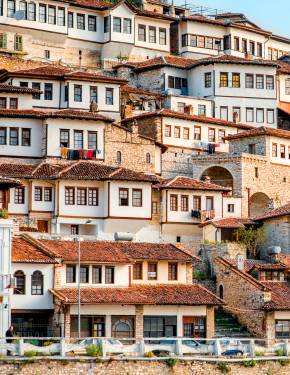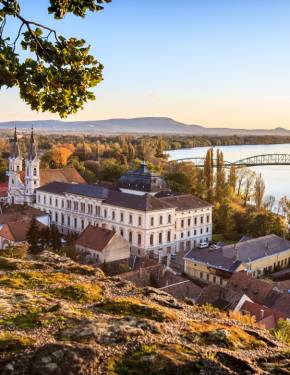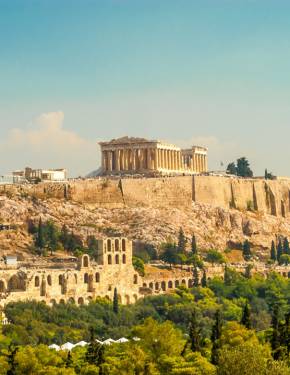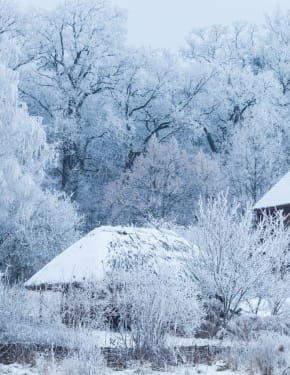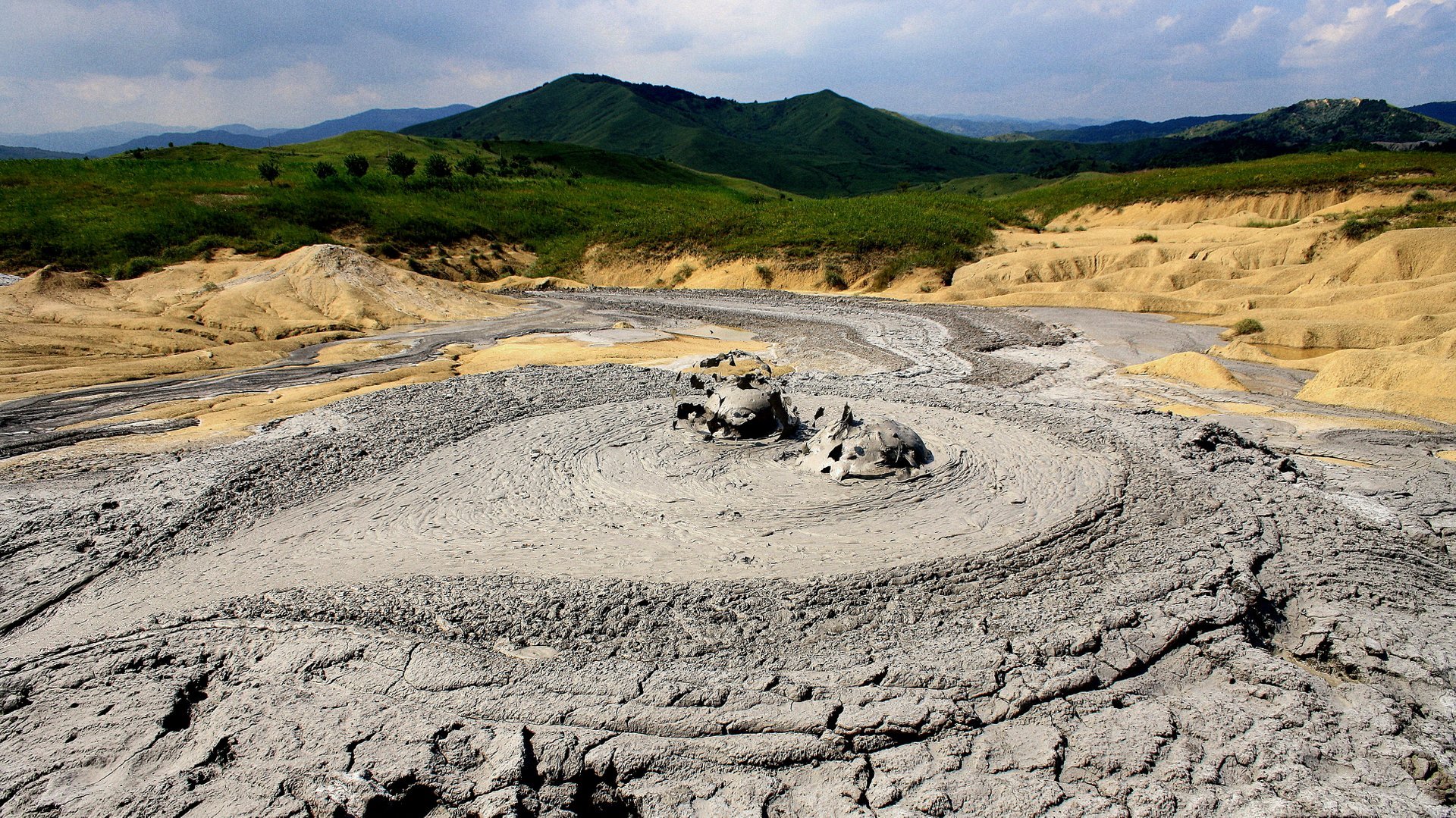



Not many regions in Europe can boast mud volcanoes. It is not a mere coincidence that the area bears the title the "Gates of Hell." In addition to gray landscapes and the very mud volcanoes, it has almost no plants around and resembles another planet. The extremely salty soils are unfavourable for growing vegetation—only 2% of world's plants can grow in such conditions, the hardiest of which can be found here. The area is divided into the Big Mud Volcanoes, or Parcele Mari, and Little Mud Volcanoes, or Parcele Mici, located in the Scortoasa and Berca communes. The greatest metamorphoses occur during heavy rains, after which some volcanoes may disappear and other conversely emerge. Since the season of rainfalls is spring and autumn, this is the best time to witness this bizarre phenomenon.
Practical info
What makes mud volcanoes unique to Romania?
Mud Volcanoes are geological formations that resemble real-life volcanoes, but instead of throwing out molten lava, they emit mud and gases. These formations are rare due to the unique conditions required for their formation, including subterranean mixtures of water and gas. Romania's mud volcanoes are mostly made of limestone, and the region also has over 300 gas seeps nearby. Show more
When is the best time to go to the mud volcanoes?
The mud volcanoes in Romania are best visited during the Spring (March to May) and Autumn (September to November), when their emergence is most likely as it is the rainy season. Visitors may experience some mud volcanoes disappearing after the onset of heavy rains. In these seasons, rainfall is common, and the weather is more relaxed in the area surrounding the mud volcanoes. Show more
Are there any hiking trails near the mud volcanoes?
The mud volcanoes are located in the Gramovat Hills, which is in the Berca region of Buzau County, Romania. Visitors can explore these areas via hiking trails. The Parcul Natural “Paclele Mici” has a smaller but easier walking trail that takes about 30-40 minutes. The Parcul Natural “Paclele Mari” lava field is larger and more fantastic, and it can take one to two hours depending on the trail selected. Show more
What geological process is responsible for the creation of the mud volcanoes?
Mud volcanoes are geological structures created by the buildup of underground gas pressure, which forces a mixture of gas, water, and mineral sediments to the surface. The emerging underground gas is usually a combination of methane, carbon dioxide, and nitrogen. These formations are seemingly similar to real volcanoes, but they are not, and do not produce lava in the same way. Nonetheless, mud volcanoes remain fascinating geological sites to visit. Show more
How can visitors reach the mud volcanoes in Romania?
The Berca village is situated about 160 km east of Bucharest, and that is where the mud volcanoes are located. Visitors can take a taxi from Buzau or hire a rental car. Alternately, travel agencies in Bucharest also provide guided tours to the mud volcanoes, including transportation. The area is protected, and visitors can access it via the Berca commune, which is also close to other fantastic natural landmarks within the region. Show more


